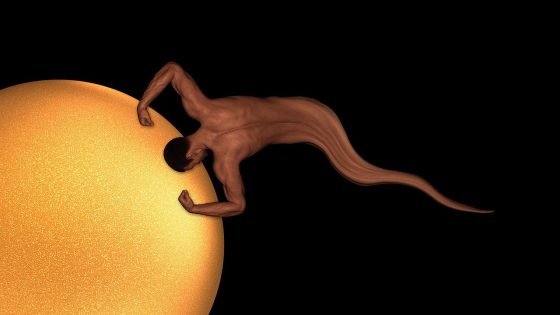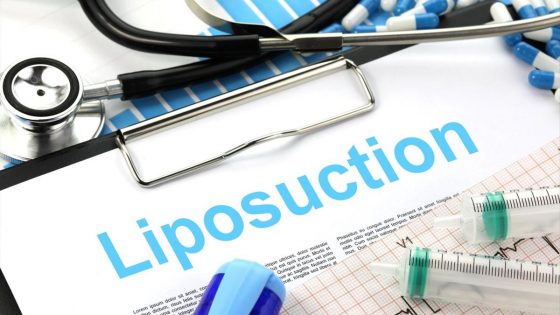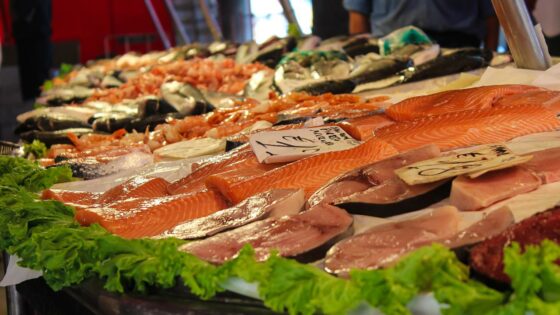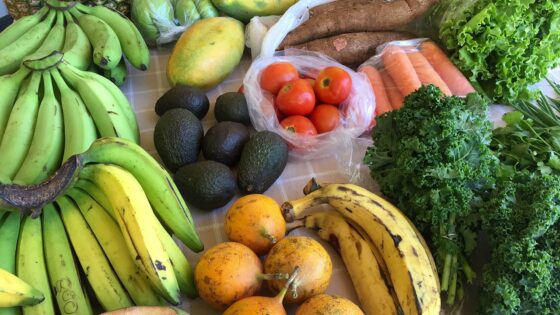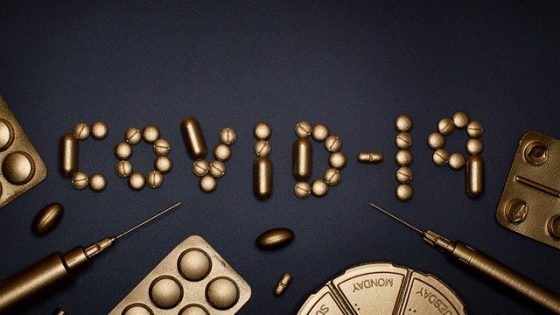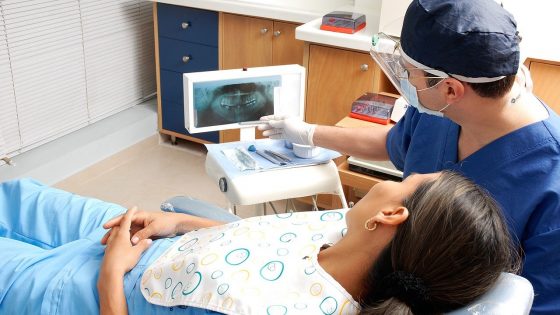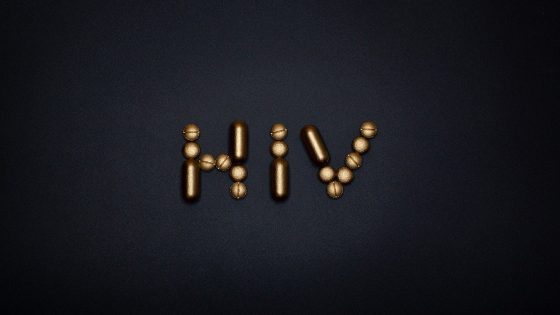choline
A nutrient in the vitamin B complex that the body needs in small amounts to function and stay healthy. Choline helps cells make membranes, make a neurotransmitter (a chemical that helps nerve cells communicate with other cells), and remove fat from the liver. It is found in whole milk, beef liver, eggs, soy foods, and peanuts. Choline is water-soluble (can dissolve in water) and must be taken in every day. Not enough choline can cause diseases of the heart and blood vessels and damage to the liver. A form of choline is being studied in the treatment of some types of cancer and to reduce pain and fever. Choline is also being studied together with vitamin B12 in the prevention and treatment of cancer.
choline magnesium trisalicylate
A substance used to treat arthritis and relieve pain, inflammation, and fever. It is also being studied in the treatment of acute myeloid leukemia (AML). Choline magnesium trisalicylate blocks the action of a substance that sends a pain message to the brain. It is a type of nonsteroidal anti-inflammatory drug (NSAID). Also called Trilisate.
chondrocyte
Cartilage cell. Chondrocytes make the structural components of cartilage.
chondroitin sulfate
The major glycosaminoglycan (a type of sugar molecule) in cartilage.
chondroma
A rare, slow-growing tumor that is made up of cartilage and forms on or in bones or soft tissue. It is not cancer. The tumor usually occurs in the hands or feet, but it may also occur in the upper arm, thigh, collarbone, ribs, pelvis, spine, skull, and nasal sinuses. Most chondromas do not cause symptoms, but pain, swelling, and broken bones can occur. Chondromas usually don’t spread to other parts of the body, but in rare cases they may become malignant (cancer). They can occur in both adults and children.
chondrosarcoma
A type of cancer that forms in bone cartilage. It usually starts in the pelvis (between the hip bones), the shoulder, the ribs, or at the ends of the long bones of the arms and legs. A rare type of chondrosarcoma called extraskeletal chondrosarcoma does not form in bone cartilage. Instead, it forms in the soft tissues of the upper part of the arms and legs. Chondrosarcoma can occur at any age but is more common in people older than 40 years. It is a type of bone cancer.
CHOP
An abbreviation for a chemotherapy combination that is used to treat non-Hodgkin lymphoma and is being studied in the treatment of other types of cancer. It includes the drugs cyclophosphamide, doxorubicin hydrochloride (hydroxydaunorubicin), vincristine sulfate (Oncovin), and prednisone. Also called CHOP regimen.
CHOP regimen
An abbreviation for a chemotherapy combination that is used to treat non-Hodgkin lymphoma and is being studied in the treatment of other types of cancer. It includes the drugs cyclophosphamide, doxorubicin hydrochloride (hydroxydaunorubicin), vincristine sulfate (Oncovin), and prednisone. Also called CHOP.
CHOPE
An abbreviation for a chemotherapy combination that is used to treat non-Hodgkin lymphoma. It includes the drugs cyclophosphamide, doxorubicin hydrochloride (hydroxydaunorubicin), vincristine sulfate (Oncovin), prednisone, and etoposide phosphate. Also called CHOPE regimen.
CHOPE regimen
An abbreviation for a chemotherapy combination that is used to treat non-Hodgkin lymphoma. It includes the drugs cyclophosphamide, doxorubicin hydrochloride (hydroxydaunorubicin), vincristine sulfate (Oncovin), prednisone, and etoposide phosphate. Also called CHOPE.



